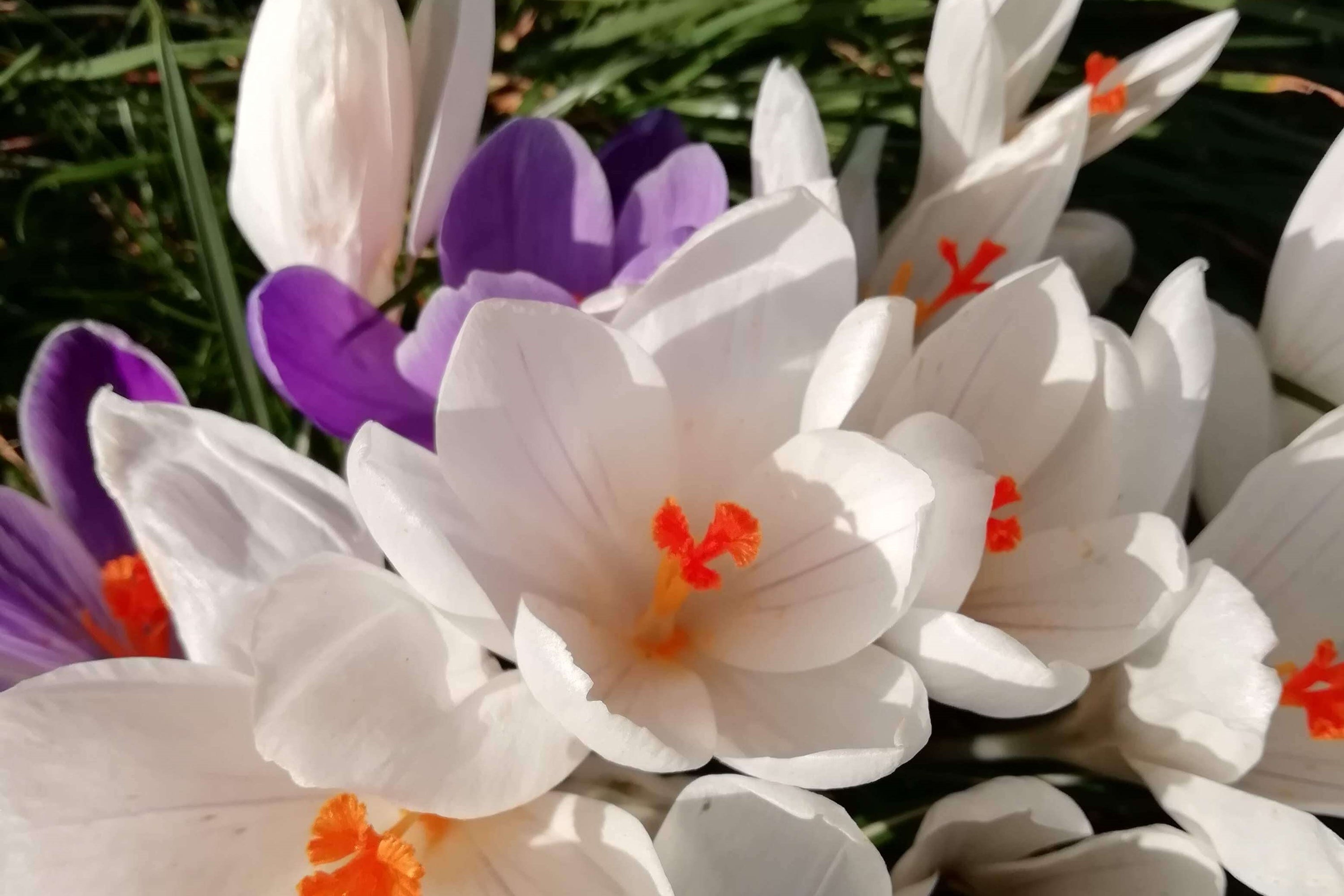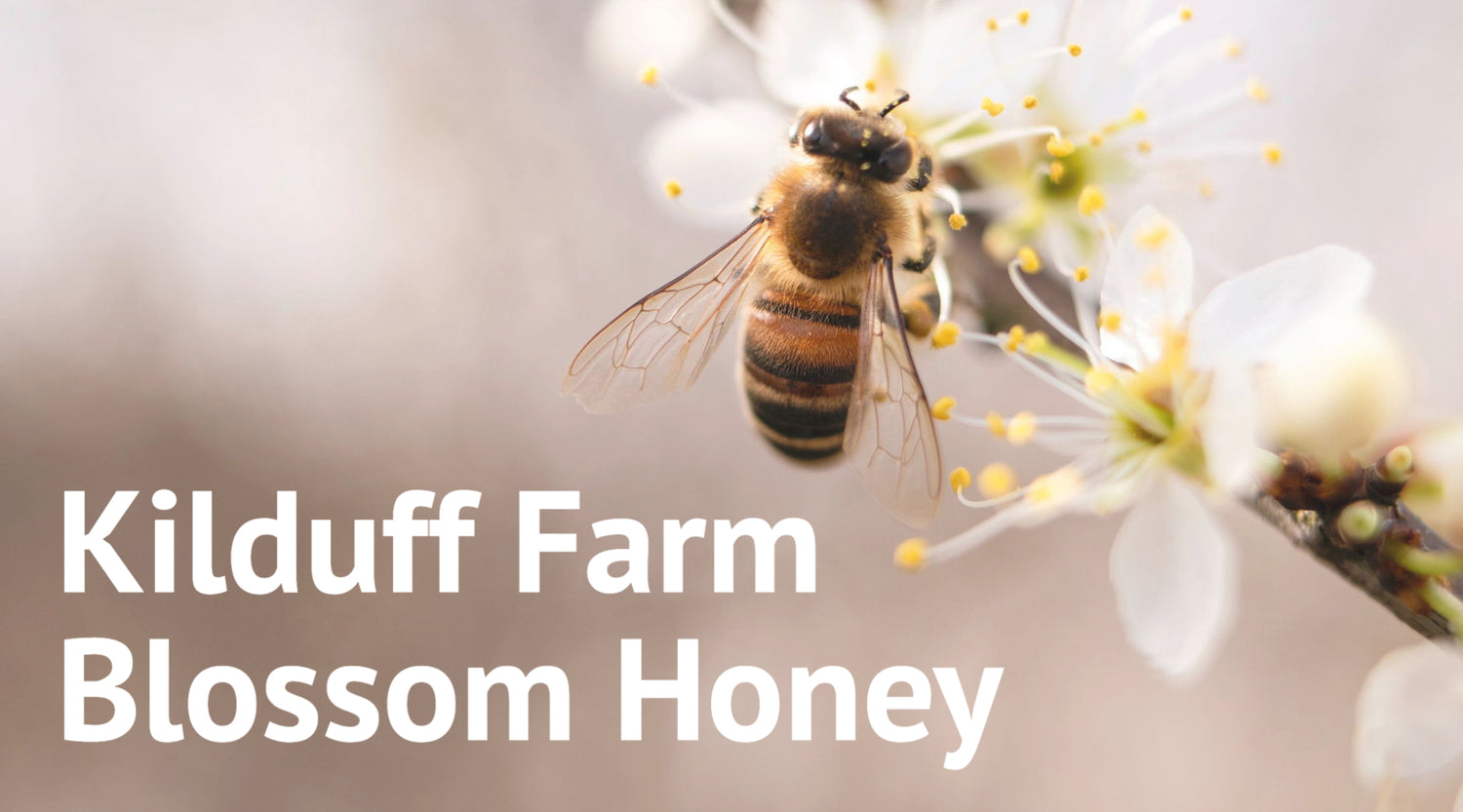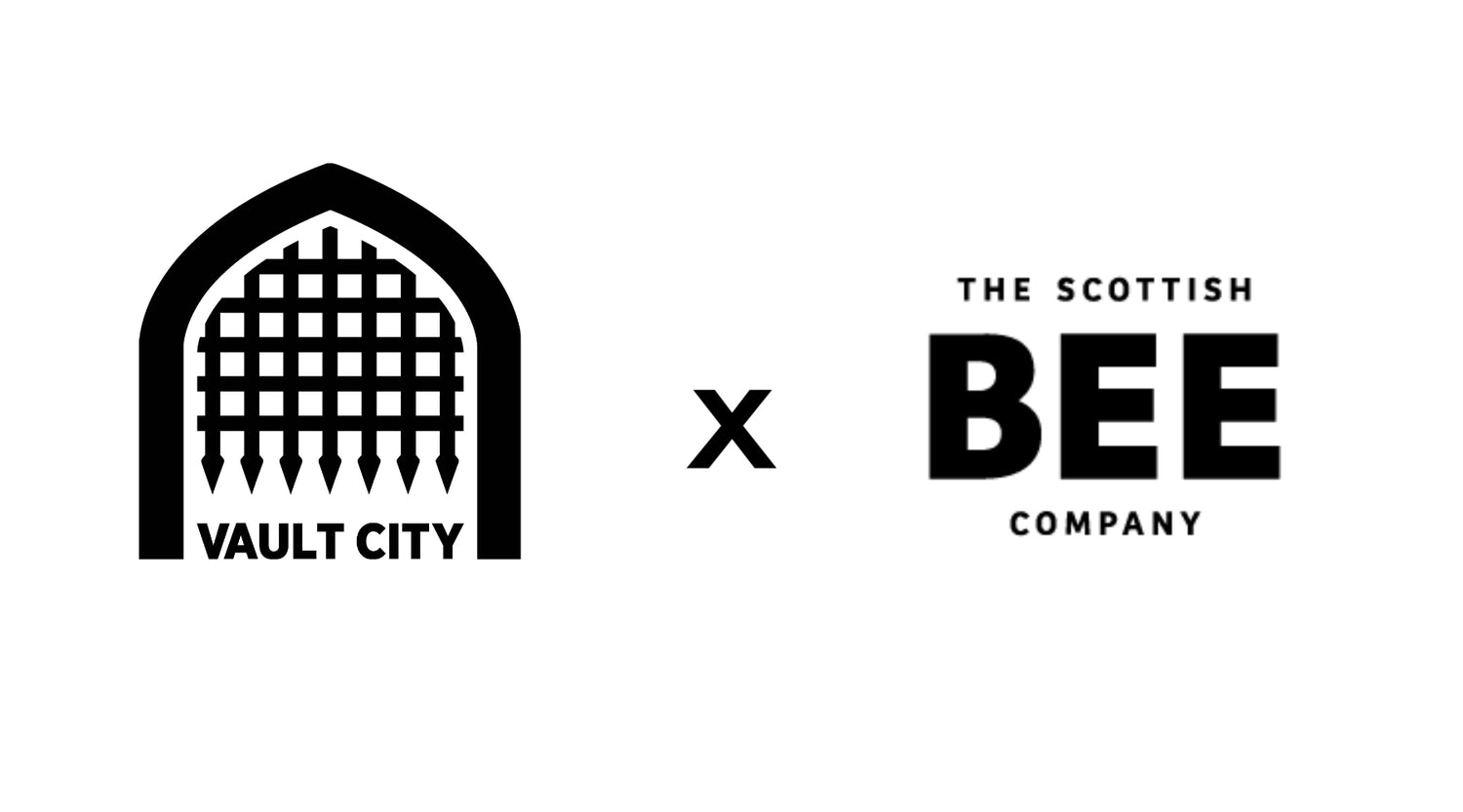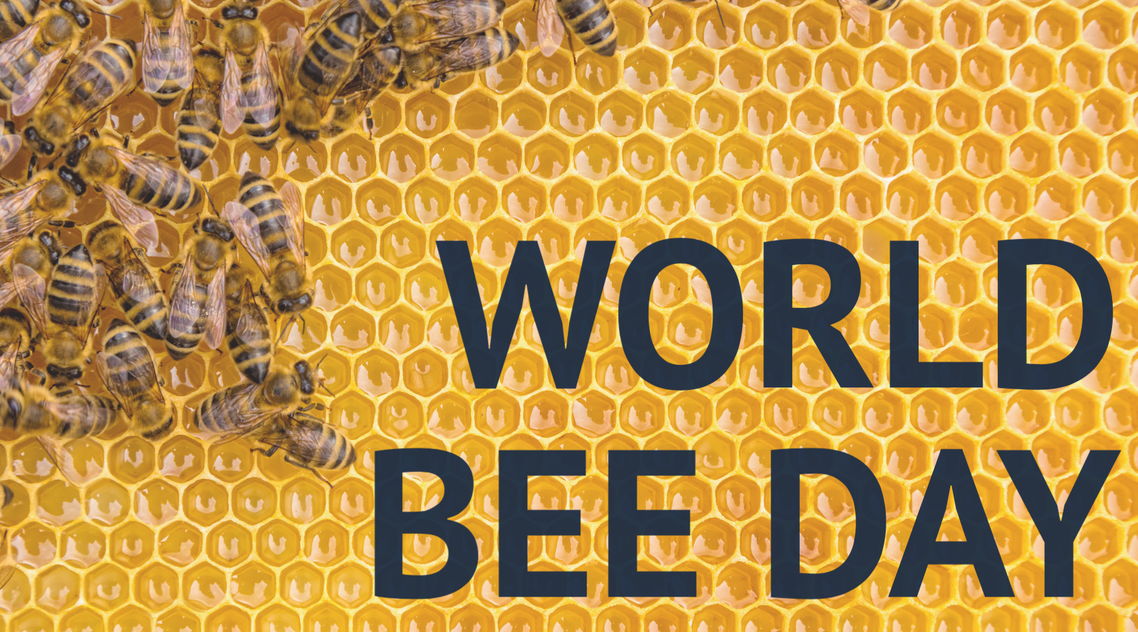Pollinators and their importance
Since starting my apprenticeship I have been asked on numerous occasions – how effective are honey bees as pollinators? The answer is not black and white and so I will attempt to answer it here. I should note that this is only my take on the issue.
The honey bee as an individual pollinator
Image courtesy of The Animal and Plant Health Agency (APHA), Crown Copyright
In the summer the population of a honey bee colony can reach 50,000. Throughout the spring and summer there is a constant cycle of new bees hatching. In a colony of honey bees the most important food source for brood development is pollen. These new bees need pollen to become healthy adults.
Taking this all into account, honey bee workers have to be very efficient at getting pollen back to the hive. To do this they mix pollen with a bit of nectar. This allows them to bind and pack the pollen into compact balls. The bees use their hind legs to transport the ball back to the hive.
This meticulous way of collecting and transporting pollen can make them less effective pollinators as there is not much loose honey being deposited mid flight. Let’s look at a solitary bee for comparison.
The red mason bee as an individual pollinator

Image of mason bee courtesy of Jeremy Early of Nature Imaging Conservation (www.natureconservationimaging.com)
The red mason bee is a type of solitary bee. Unlike a honey bee colony, there is no queen or social structure. They make their nests in hollow spaces and, like honey bees they collect pollen to feed to their young. The key difference between the two species is how they collect pollen.
The honey bee makes the pollen balls and neatly grooms itself, picking up stray pollen grains in the process. The red mason bee collects pollen on hairs on the underside of the abdomen. For this reason it loses a lot more pollen in flight than the honey bee would. The red mason bee looks like it has belly flopped onto a flower. The honey bee has neatly loaded up her saddle bags.
Another key difference is that red mason bees don’t store honey. Rather, they drink nectar directly from the flower. Pollen is the main motivation for the flight.
For these reasons the red mason bee is a highly effective pollinator and it is said that one red mason bee is the equivalent of 120 honey bees in terms of the pollination it provides. https://www.growwilduk.com/wildflowers/bees-pollinators/all-about-solitary-bees.
A colony of honey bees as pollinators
Looking at the above it would be easy to say that red mason bees are the more effective pollinators but there are a few things to bear in mind.
The first is the sheer number of honey bees in a colony. On an individual level there can no be doubt that the red mason is the better pollinator. However in terms of numbers of bees pollinating, the honey bee is superior. While they may not be depositing large amounts of pollen as they fly, they are depositing some.
The other thing that is worth noting is that honey bee colonies can be effectively managed. A hive of 50,000 bees can be moved to a particular place to pollinate a certain crop at the required time of year. This is important at a time when many pollinators are in decline. Until we improve biodiversity and fix the habitats we have destroyed these colonies of managed honey bees can provide essential targeted pollination for our food crops.
In conclusion
Ultimately the answer to the question ‘are honey bees good pollinators?’ is more complex than a simple yes and no and the crux of the issue much deeper. My aim wasn’t to pit the two pollinators against each other. Rather it was to emphasise how crucial they both are in their own unique ways. We have a responsibility to champion and protect our wild pollinators as much as we would a managed colony of bees.
I think the important point is that, in our obsession with honey bees and honey, we don’t forget the significant and crucial role that wild pollinators play in the pollination of our wildflowers and food crops. We have to work on improving habitats to allow these species to thrive, whether that be through the creation of wildflower spaces, the building of bee hotels, or stopping the use of pesticides and chemicals.
See our guide to creating a wildflower space in How to grow your Scottish Bee Company wildflower seeds and keep an eye on our blog for more ideas on how to support the pollinator population! Check out our collections of beeswax candles, heather and blossom honeys as well as our range of gifts available online.






